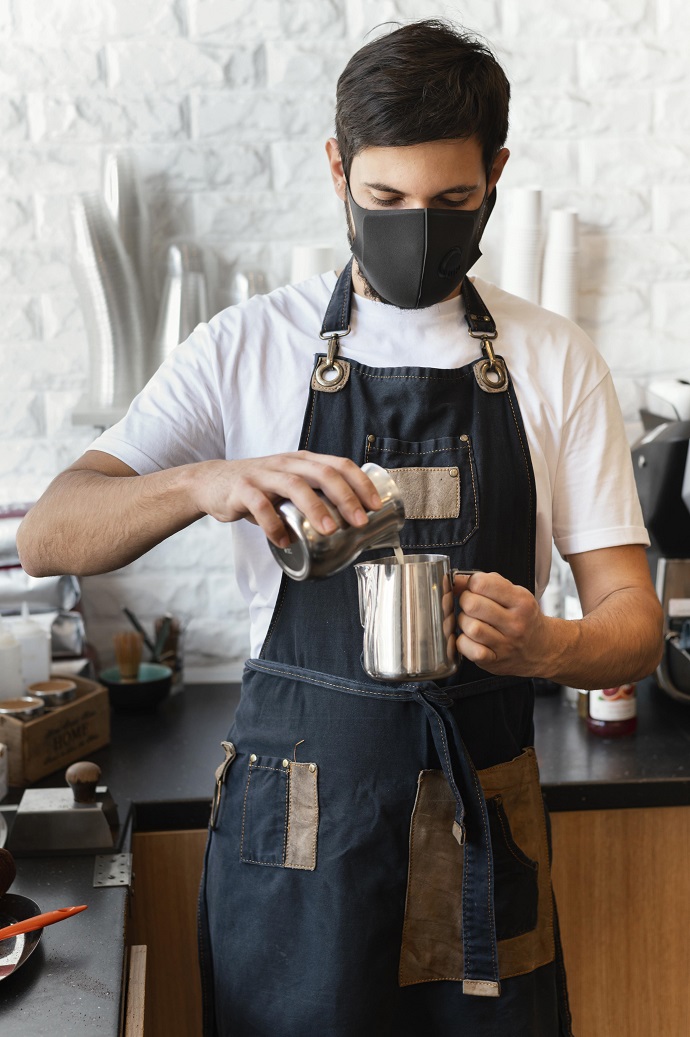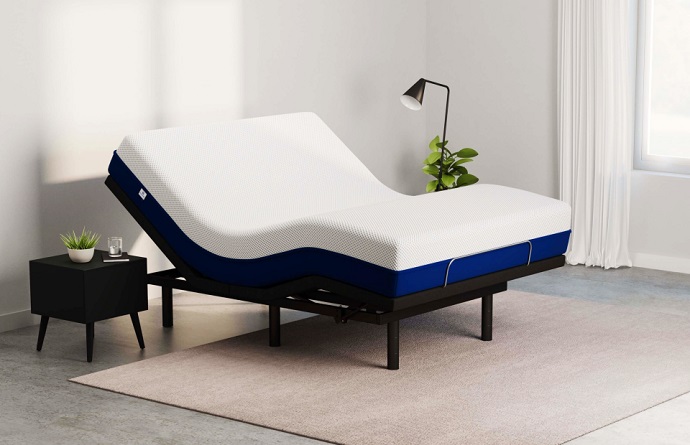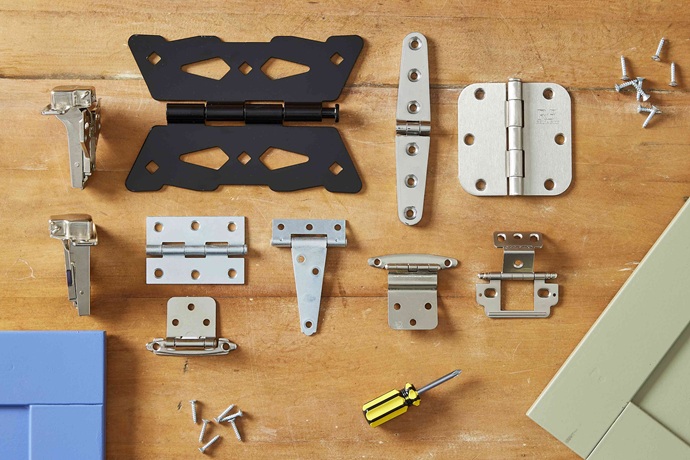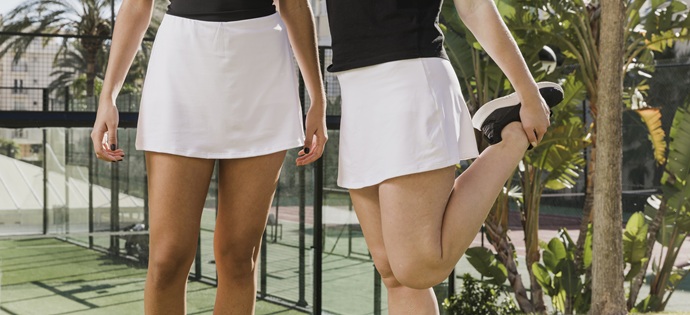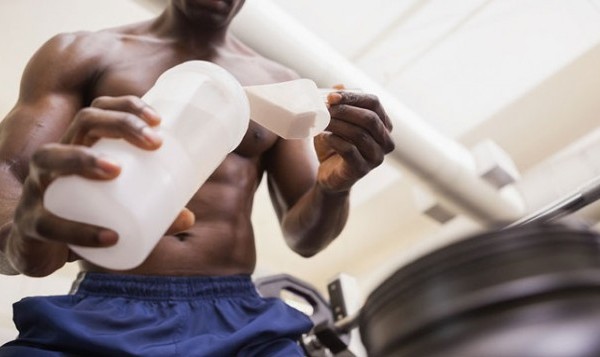Cricket, like any other sport, has specific equipment that not only assists players in improving their performance but also serves the purpose to protect them. The Laws of Cricket, a collection of laws that apply to cricket games all over the world, control the equipment required for players.
Helmet
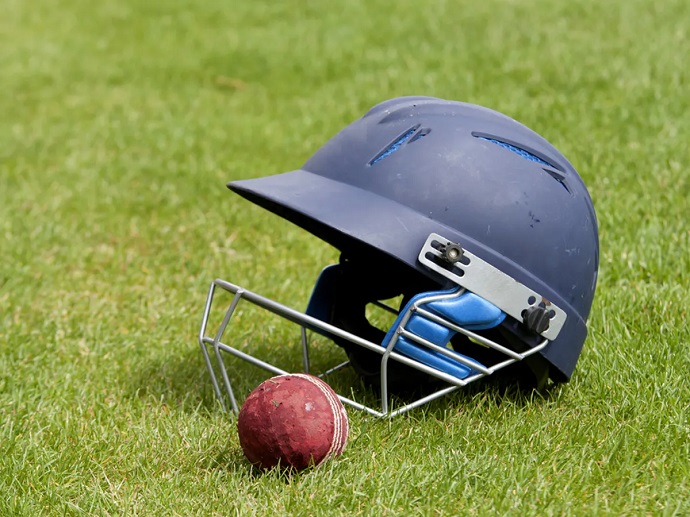
Just as the undeniable purpose of bicycle helmets, protective headgear is just as important for the sport of cricket. The first time a player donned a helmet on the cricket pitch, the audience booed him. Dennis Amiss, an Englishman, was the first to wear one to protect himself from the West Indies and Australia’s devastating bowling attacks. The visor was an important part of the helmet since it prevented South Australian pacer Wayne Prior from knocking out his teeth with a delivery. Following this event, the then-stars Tony Greig, David Hookes, Zaheer Abbas, and Sunil Gavaskar all began wearing helmets. The helmet was worn for the first time in test cricket a year later, in 1978, by Australian Grahan Yallop. At the end of the day, all players chose safety above the taunts of the audience. After all, they were at the receiving end of the fast bowling assault from the West Indian bowlers. Following 1978, the helmet acquired popularity within the cricketing community. Wicket-keepers and close-in fielders began wearing them as well to avoid injury.
The first several helmet designs were heavy, generated a lot of heat due to the material employed, and ventilation was an issue. A few patterns also made it difficult to see clearly. A lot has changed throughout the years, and several new versions have been released. In terms of aesthetic, design, and protection, each one outperforms the preceding one. Modern helmets are constructed of moulded plastic or man-made fibre and have suitable ventilation holes. They contain straps to provide a secure fit, and steel visors provide a perfect fit around the ears.
The most recent advancements in helmet manufacturing have enabled it to be mass-produced around the cricket world and made accessible to the majority of young players. The steel visor inserts into the helmet by the ears, fastening onto the helmet with reinforced fittings, and is constructed from either moulded plastic or man-made fibres set in resin. Whether you like titanium or stainless steel grills, helmets should be at the top of your cricket gear buying list since they’re one of the most vital items a cricketer can have. Next on the list are cricket gloves.
Gloves
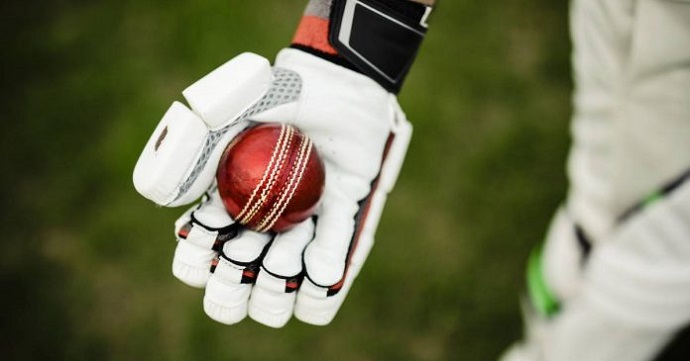
Batting gloves are used by cricket batsmen during the batting phase of the game. When hitting the cricket ball, batting cricket gloves provide comfort, blister prevention, warming, enhanced grip, and shock absorption. Batting cricket gloves are available in a variety of sizes, including men’s batting gloves, youth batting gloves, boys’ batting gloves, and tiny boys’ batting gloves.
Traditional batting gloves and modern batting gloves are the two types of batting gloves. Modern batting gloves have finger cuts, but traditional batting gloves do not. A single full-length finger padding is used in traditional cricket gloves. Because they are usually packed with cotton, they are naturally weighty. Modern batting gloves are more flexible and provide better hand protection. Flexibility, feel, and ventilation are all factors that can contribute to comfort. Modern gloves are also available in a conventional form that is filled with foam, making them lighter by nature.
Finger cushioning, finger cuts, palm, strap, and sweat cuff are all features of batting gloves. The material used in the palm and finger padding of a batting glove is what sets it apart. Cricket The padding on the palm and fingers of batting gloves varies. The feel of the batting gloves materials, particularly the material in touch with the palm of the hand, can provide comfort when batting for lengthy periods of time.
Box and Abdominal Guards
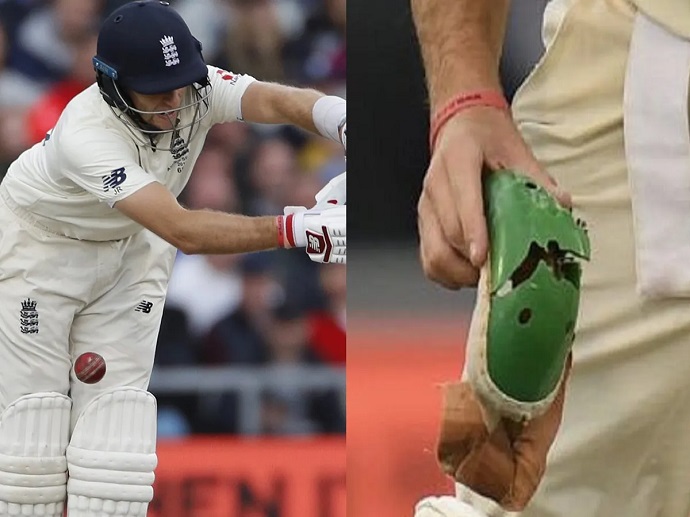
The protective cricket gear known as a box, also known as an Abdo guard, is used to protect the groin area. This is a cushioned cup worn beneath the jockstrap that cushions the impact of being hit by a cricket ball or a bat. You don’t want to put yourself at risk by not wearing an Abdo protection since cricket balls move at a fast velocity. Cricket boxes have existed in the form we know them now since 1874. Although not as pleasant as the ones from 1874, they were nonetheless effective in guarding the genital area. Cricket boxes had been in use for 100 years before the game’s first helmets were adopted. You’ll most often hear people joke about this by saying that it took men 100 years to realise that their head was important too.
It’s not difficult to put on a box guard, and once you’ve done it, you’ll never forget how to do it again. Although you may wear it either beneath or over your underwear, wearing it with the guard underneath offers superior protection. You could feel a little uneasy at first because of the guard, but you’ll get used to it shortly. Place the guard on your genital region with the narrow end pointing down and the cup snugly encasing it. If you have an athletic cup in your package, you must fasten it beneath your compression shorts or jockstrap. Make sure the guard is secure enough to prevent it from slipping. It’s important not to overtighten it since it might scrape into your hips. When you’ve got the guard in the right spot, put your underwear and compression pants back on top and make sure it’s comfortable moving around. Otherwise, the guard may slip while you’re playing, causing you pain.
Arm Guard
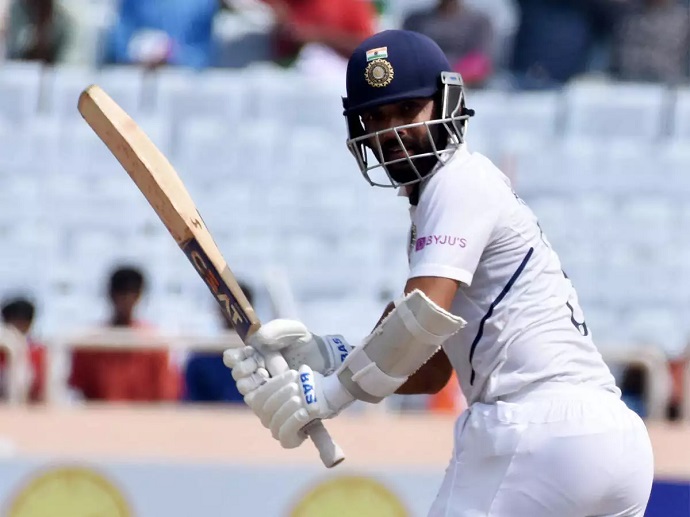
A batsman’s uneven bounce might easily result in catastrophic elbow damage. An elbow guard or an arm guard provides protection made of materials that are more durable than the padding on the gloves. Wearing this protection is a personal choice, and it is not required equipment because it causes discomfort. However, if you believe you can tolerate the pain, it is a good idea to wear one.
Chest Guard
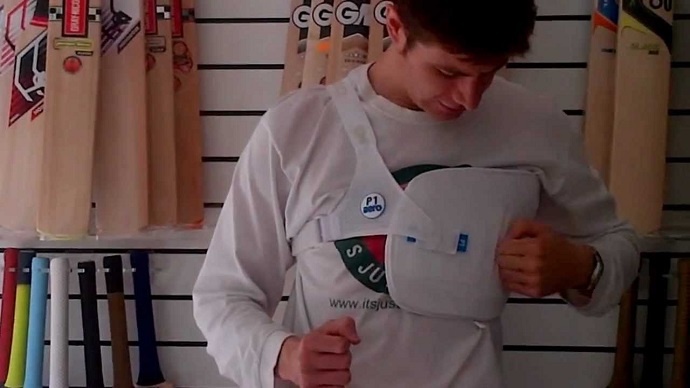
A chest guard is comprised of materials similar to those used to build elbow guards; more on that later. Left-handed cricketers use this form of protective equipment on the left side, whereas right-handed cricketers wear it on the right side. This is done to defend the batter from the side that is more exposed to the ball. Because chest guards might create pain around the waist, they are neither necessary nor used by all batsmen.
Thigh Pad
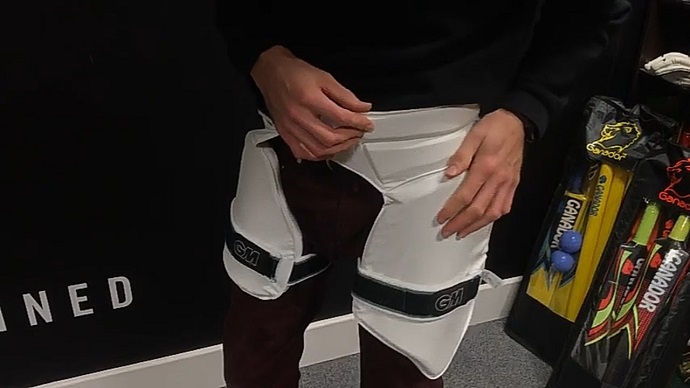
This sort of protection is a light piece of equipment that is worn on the exterior of the body. Wearing a pad protects you from the discomfort and bruises caused by a low impact ball. Two straps, one around the waist and the other around the inner thigh, keep the guard or pad in place. While thigh pads aren’t commonly used by batters, they are ideal for when you need an extra layer of protection.




